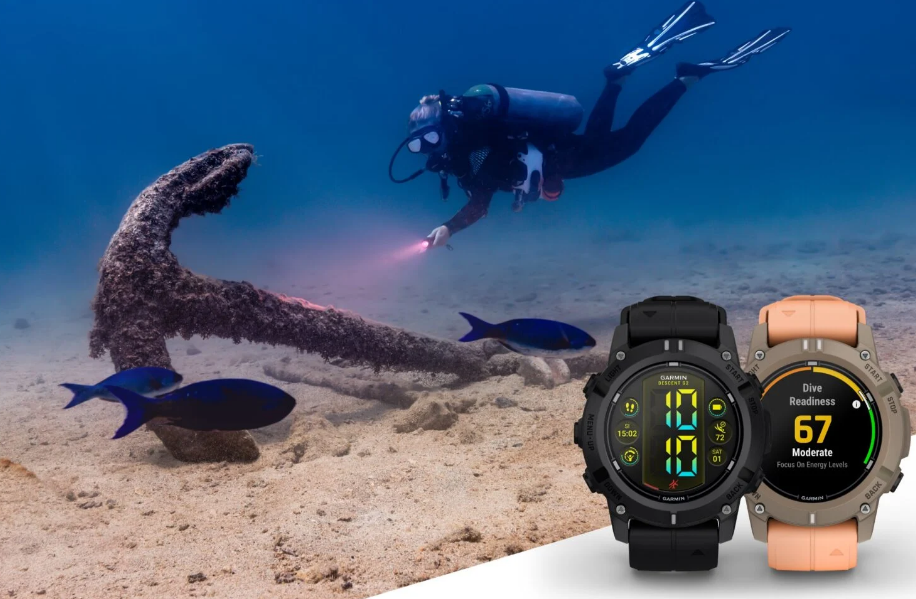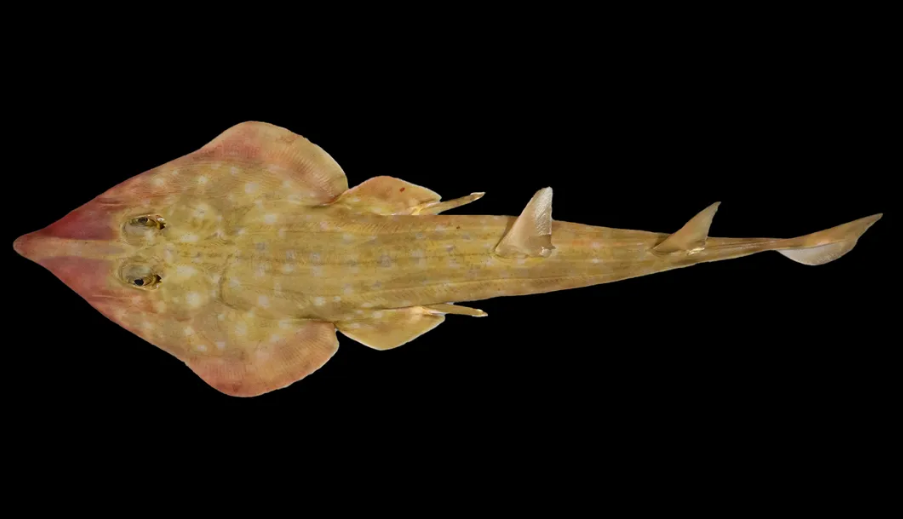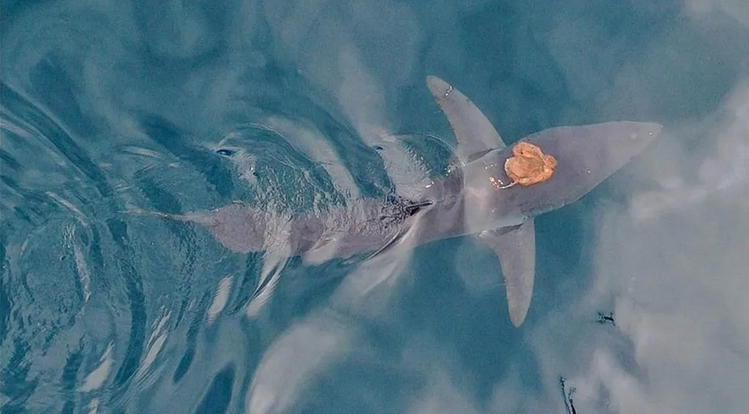Welcome to the April 2025 edition of TheScubaDirectory newsletter, where we explore the incredible world beneath the surface of the ocean. In this month's edition: - The Science of Light, Color, and Scuba Diving
- Garmin’s New Descent G2: A Dive Computer Built for Land & Sea
- Over 800 New Marine Species Unveiled
- Octopus Hitches a Ride on a Mako Shark! 🦑🦈
|
|
|
|---|
|
New on TheScubaDirectory Blog | The Science of Light, Color, and Scuba Diving |  | Ever noticed how everything looks blue-green when you’re scuba diving? Or how that bright red fish turns brown the deeper you go? That’s not your mask playing tricks on you – it’s science! Understanding how water absorbs light can help you make sense of the ocean’s shifting colors and take better underwater photos and videos. Sunlight is made up of different colors, each with its own wavelength. As light enters the water, it gets absorbed and scattered, with some colors disappearing faster than others. | | | Red goes first – gone by around 5 meters (16 feet). Orange follows at around 10 meters (33 feet). Yellow disappears by 20 meters (66 feet). Green and blue stick around the longest, making deep water look mostly blue. This is why the underwater world often looks like a blue paradise – because those are the wavelengths that travel the farthest. Explore the full blog for tips on managing color absorption in light and capturing breathtaking underwater photos and videos. | | | Been Diving or Snorkeling Lately? |  | Your insights make a real difference! By sharing your experiences, you help others discover the best dive sites, snorkel spots, and trusted operators. Every review you leave makes TheScubaDirectory a more valuable resource for the entire community. 🙏 Take a moment to review a dive site, snorkel site, or dive shop—your input helps everyone! | | | Industry News | Garmin’s New Descent G2: A Dive Computer Built for Land & Sea |  | | | Garmin has introduced the Descent G2, a versatile watch-style dive computer designed for both underwater exploration and everyday use. The watch supports various dive modes, from technical diving to freediving, and includes features like a dive readiness score, as well as Garmin's comprehensive health, fitness, and connectivity tools. The parts were also constructed using recycled ocean-bound plastics and offers up to 10 days of battery life. Main Features: - Bright Active Matrix Organic Light Emitting Diode (AMOLED) Display: The 1.2-inch screen offers excellent readability at any depth.
- Comprehensive Dive Modes: Supports multiple dive modes, including single and multi-gas dives (nitrox and trimix), closed-circuit rebreather (CCR), and gauge mode.
- Dive Readiness Feature: Evaluates factors like sleep, stress, recent exercise, and jet lag to provide a readiness score, helping divers assess their preparedness for diving.
- Freediving Enhancements: Offers specialized features for freedivers, such as dynamic apnea mode, customizable apnea alerts, variometer for ascent/descent rate notifications, and a velocity chart to review dive metrics via the Garmin Dive smartphone app.
- All-Day Health Monitoring: Beyond diving, it functions as a comprehensive smartwatch, providing 24/7 heart rate monitoring, advanced sleep analysis, stress tracking, hydration and respiration tracking, and Pulse Ox measurements.
The Descent G2 is available in black and paloma/shell pink color options and is currently available for purchase. Learn More | Over 800 New Marine Species Unveiled |  | Image Credit: Sergey Bogorodsky / The Nippon Foundation-Nekton Ocean Census | In an ambitious global initiative, scientists have identified 866 new marine species as part of the Ocean Census, a ten-year project launched in April 2023. This endeavor aims to accelerate the discovery and protection of marine life, addressing the fact that only about 10% of ocean species have been documented so far. Notable Discoveries Include: - Guitar Shark (pictured above): A critically endangered species found off the coasts of Mozambique and Tanzania.
- Octocoral: A unique coral species discovered in the Maldives, notable for each polyp having eight tentacles.
- Venomous Deep-Sea Snail: A newly identified predator found in the South Pacific, using harpoon-like teeth to inject toxins into prey.
The Ocean Census utilizes advanced technologies, including DNA sequencing and machine learning, to expedite species identification, reducing the traditional timeline of nearly 14 years. Read More | Octopus Hitches a Ride on a Mako Shark! 🦑🦈 |  | Image Credit: youtube.com/@uoaweb | In an unexpected underwater encounter from 2023, researchers filmed a daring octopus clinging to the back of a shortfin mako—the fastest shark in the ocean! Was it escaping a predator, looking for a free ride, or something else entirely? Scientists are still puzzled over this rare sighting. Check out the video here. | | | Thanks for reading! If you have any comments or suggestions for this newsletter please contact us at admin@thescubadirectory.com. Happy Diving, Logan Brown | | |  | |
|  | |
| |
|---|
|
|
|
|
|
|
|---|
|
| |  |
|
|
|
|
|
|---|
|
|
|